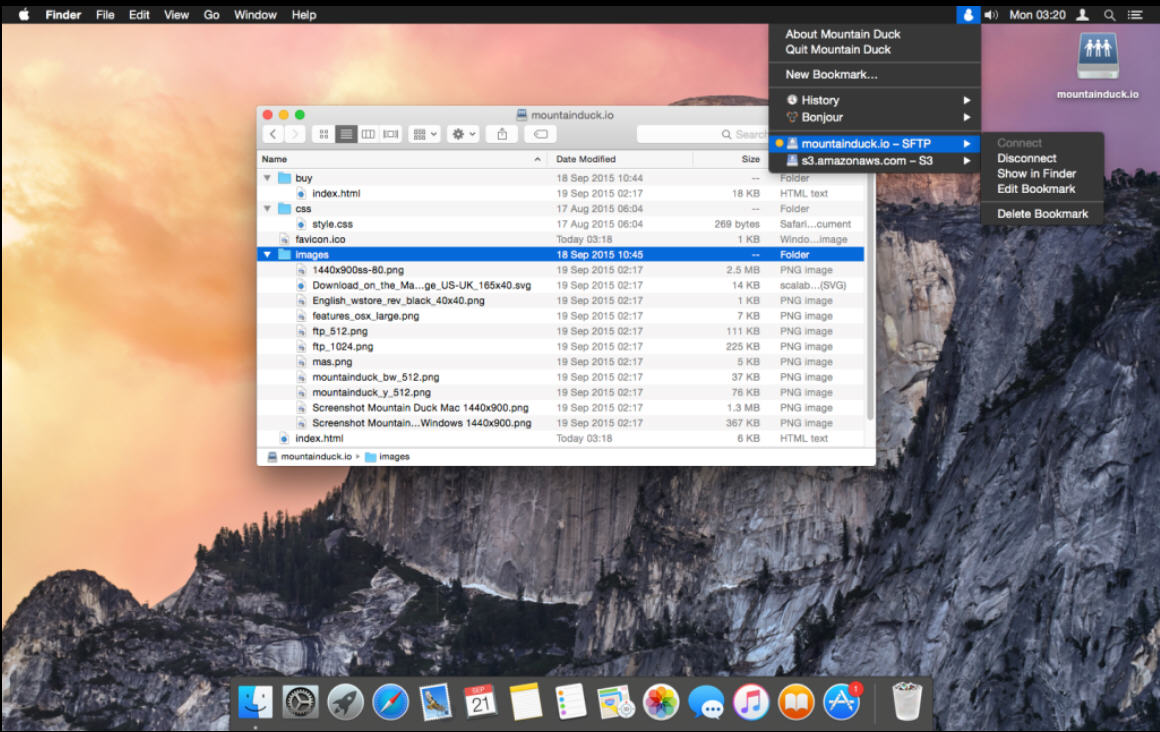
Their diet consists of a higher proportion of plant matter than other ducks and will even go to farm fields to feed, similar to geese. Females have brown bodies overall, with a grayer-colored head.Īmerican Wigeons are numerous, but they prefer quiet lakes and marshes away from people.Males are mostly brown but have a distinctive green band behind their eyes and a white crown.Blue-gray bills that are tipped in black. If there is a better duck sound, we haven’t heard it! Interestingly, males do not quack like females but instead make a raspy call. When you think of a duck quacking, it is almost inevitably a female Mallard.
Canadian blue mountain duck free#
If you have a nice pond or a marsh, feel free to put up a homemade nesting area to enjoy some adorable ducklings walking around your property! Just make sure you put up predator guards so predators can’t get to the eggs. Mallards readily accept artificial structures built for them by humans.
You may even be able to see a Mallard right now on the LIVE animal cams in my backyard!. We even find Mallards in our swimming pool every summer and have to chase them away, so they don’t make a mess on our deck! 🙂 They are found in virtually any wetland habitat, no matter where it’s located. Mallards are extremely comfortable around people, which is why these adaptable ducks are so widespread. These ducks are definitely the most common species in Canada! Mallard Range Map My guess is that almost everyone is familiar with the Mallard. Both sexes have purple-blue secondary feathers on their wing, which is most visible when they are standing or flying. Females are mottled brown with orange and brown bills. Males have a bright green head, thin white collar, dark reddish-brown chest, yellow bill, and a black rump with a white-tipped tail. The 22 MOST Common Ducks Found in Canada: Consequently, these ducks typically lack the ability to simply take off from the surface like the dabblers and it’s common to see them running along the surface to build up enough speed to get airborne. They have adapted narrower, pointier, and overall smaller wings, which are perfect for swimming underwater. As winter ends and the snows start to melt, they will eat seeds and the leftover waste grain found in farm fields.ĭiving ducks completely submerge themselves underwater to grab aquatic vegetation from the bottom or chase food, such as fish or invertebrates. However, that is not the only way that they eat. Here is how the rest of this article is organized: (Click the link to jump to that section!)ĭabblers are those ducks that feed by sticking their head underwater and leaving their tails pointing up as they graze on the various greens and invertebrates in the shallows. In reality, the complete list of ducks that may be seen in Canada is even larger! I think you’ll be amazed at how many duck species are found in Canada!įor people who are only ever used to seeing the common Mallard, this list should be incredibly eye-opening! The ducks featured below are most common and most likely to be observed. Who doesn’t love ducks? Head to almost any water habitat, and you are likely to see at least a few swimming around. 

What kinds of ducks can you find in Canada?






 0 kommentar(er)
0 kommentar(er)
